Olivier Cauwet joined BUF Compagnie in 1998. He will work on projects like FIGHT CLUB, THE MATRIX RELOADED, ALEXANDER or BATMAN BEGINS. He is also overseeing projects like LES DEUX MONDES, CITY OF EMBER or ARTHUR 3: THE WAR OF THE TWO WORLDS.
Can you explain your background?
After a A3 High School Diploma (letters and arts), I joined SupInfoCom where I co-directed a short film at the end of my studies. I went to Duran for an internship, I worked some time at Mac Guff Ligne and the AFP (Agence France Presse) to participate in the development of a project to illustrate the news in 3D. And in 1998, I joined the teams of BUF Compagnie.
How do BUF got involved on this film?
Between Alain Chabat and BUF is an old story, several of his commercials were made in post-production at BUF. Alain was talking about this project about Marsupilami since long time to Pierre Buffin, BUF Compagnie creator. For 7 years, I have heard of the Marsu at BUF. All these years, tests, designs, pilots have been made to help Alain to realize his project. The experience of BUF for ambitious and risky projects is more to prove and Alain came there with tremendous confidence in Pierre. He felt that we were all very motivated and involved, we wanted to do this project. Alain was sure to find his Marsupilami with us.
How was the collaboration with Alain Chabat?
We met at the pre-production of the film, during which we discussed the character of Marsupilami, its character, its morphology, its coat, the way he moves and established our filming techniques to shoot it.
In most projects, everything is set and written in pre-production for vfx. But with Alain nothing is fixed, it is one minute, an idea. The staging changes, ideas fuse must always be attentive, and the plateau to adapt, it is often improvisation is what gives it its strength. It’s very rewarding.
It is important not to be heavy on the set, do not bother with the technical constraints. Let the choice, especially when you tell a story with a virtual character. Its action is never static, it can change with the narration, editing, etc.. So my relationship with Alain on the set was mostly listening to his intentions, and direct accordingly shots with the first assistant Fabien Vergez.
On the set I was a technical advisor, I recalled to the weight of Alain Marsu, size, tail length, etc., for action and the context.
Then during the period of the film editing, we started an intense exchange with Alain for the staging of the Marsu. With Bastien Laurent, head of the animation, we’ve ever offered him animations. A minimum of 3 to 4 versions by shot, each time with a different intention of action and rhythm. Alain appreciate to be surprised and is very receptive to any new idea.
What was your feeling to gives life to a well known character?
Great excitement, but with some apprehension. This is still the Marsupilami, a comic historical figure that affects several generations. This character is expected by all the people, how to ensure it would be appreciated, since it will be different from the classic design. We must ensure that after the discovery of Marsu the public will adopt it.
And then there’s the past, Alain has done research on the design for years, many people have already worked on it. So now it’s up to us to find this design, and at the same time as to work on the film. Alain wanted his Marsu to be close to the one of Franquin, less round than the one drawn by Batem. His motto was « cute », it is necessary that we have the envy to hug him. And conversely, when he gets angry, when it changes state, he need to be a ferocious animal.
How have you collaborated with Les Versaillais?
During pre-production, with the team of Yves Domenjoud and Olivier Gleyze we defined the types of actions for the Marsu and how we would simulate the interactions and other needs for the shoot.
They molded a flexible template of the Marsu according to the morphology I had established with Alain. It would serve to establish the staging and certain interactions.
For interactions, they are like « Gyro Gearloose, » a tennis ball gun for contacts in the trees, chains dragged on the ground for the passage of the Marsu in vegetation, air expelled, poles, pipes watering, etc. …
Alain explained to me the action of Marsu in the shot, then I speak with Les Versaillais about how we would simulate the large interactions.
How was simulated the Marsupilami presence on sets and its interaction with the characters?
For all the shots, we did a rehearsal with the template Marsu for the staging, the framing and lighting. For shots where the Marsu was alone, we filmed an empty plate after the rehearsal.
For shots with the actors I put markers for the eye line, like a tennis ball at the end of a rod, marks or even the template of Marsu.
When Marsu interacts with the set, Les Versaillais handle it, wind in the grass, hold-ups on a table, tennis balls in the trees, templates for transparencies interactions in water, etc.
When there was interaction with the actors, one member of Les Versaillais plays the Marsu, he made contacts by pressing with his hands, with his face for hugs, etc. The actors could interact with it.
When Marsu takes the actors with his tail, it was necessary that we feel his presence, that is to say, that the acting is forced by the tail. For this, we have surrounded them with links that we have tightened around them. It helps the credibility for the actors and also the interaction of the tail with the clothes that crease in its strength.
Of course all this is removed or covered later to include the Marsupilami.
What materials did you use to retrieve information during the filming?
The shooting lasted about four months, two months in Mexico, three weeks in Paris, and one month in Belgium.
I was accompanied by Christophe Bernard, with whom I was reporting the classic camera datas such as focal length, aperture, height, tilt, etc.
We fabricated a chrome ball and gray ball (photo gray) of 30 cm (a foot) each, they would serve us for all the vfx shots as reference for the light and the environment.
We took pictures of the camera setup, like wide shots of the set that encompass the Marsupilami, the camera and lights. That helps the artists working on shots to understand the light, the distances (camera, set, etc.).
So after each shot with the Marsupilami, we shot the ball on the assumed path of the animal.
And on the gray ball we can see the intensity of lights, reflections of the sky and the set with their color. The drop shadows on the ball are also very clear. With the chrome one reads precisely the lightning, and his entire environment.
We used the patella to bracketed the 360 degrees environment pictures and get a great materials for CG lighting. We took pictures of all the sets, actors, props, plants for the recreate them to be able to better manage the interactions with the Marsu, to be sure that he moves in the right environment, at the right scale. And for shadows, the lights, move the set etc. if necessary.
In short I came back with gigabytes of photos, which although classified, become a rich source of information for artists in addition to the reports of shooting.
Can you explain how did you find the final look of Marsupilami?
Once filming began, Pierre Buffin started the « design » department directed by Olivier Gilbert on Marsupilamis graphics research. There were hundreds of drawings, looks, studies on the head, proportions, hands, feet, stains, etc. We presented it as « Da Vinci » to Alain. We presented versions of Marsu with several variations to give us his feelings. Gradually, as the Marsu took shape, drawings were made with positions of the Marsu. We had a different reading of the character and we adjusted it from our discussions with Alain. What was important was to first validate the proportions of Marsupilami to begin its setup. For the design, we have ensured that Alain could evolve it during the production, even after the movie started.
Can you explain in detail the creation of Marsupilami and its rigging?
We only work on in-house softwares developed by the R & D department of BUF. Based on the design work with our 3D and animation software « bstudio », we modeled the anatomical skeleton of the Marsupilami we worked on the volume of the body. This is a critical step. We are going from drawing to 3D, we must rely on a coherent and realistic morphology.
Anguerran Lagallarde and Christophe Vasquez supervised by Yann de Cadoudal have set up the animation skeleton according to the anatomy of the animal and have been working on creating all the setups of the characters.
Our skinning is based on muscles, according to an anatomical study. The muscles contract, relax, have dynamics. A system is also put in place to manage the breathing for the Marsu. For expressions, we create a library of animated facial expressions by muscles.
How did you handle the Marsupilami fur?
We studied many animals, mostly cats and for the spots construction and the mix of shorthair – long hair. We took pictures of animals from different lighting to see how the hair dark, light, long, short react to light from different angles. We used our in-house software « bstudio » to manage hair on Marsupilami. We hair-dressed guides to the skin and all of the fur is interpolated. For maximum control we separated the hair long, short, yellow, black and white. Each model has its own settings hair according to its size and thickness.
Dynamics is applied to the hair to react to the movements of Marsu and external forces such as wind.
By adjusting the hair-dressing, the parameters and changing the shaders we are moving the Marsu from calm to edgy shaggy, from dry to wet. A setup has been developed for the animators to control the hair transition, as when the Marsu gets angry for example.
What references have you received from Alain Chabat for animating the Marsupilamis?
Many videos, but also all the boxes of Marsupilami comics classified per action. For Alain, the character of Marsu is well defined. He gave us videos of monkeys that illustrated the attitudes of the Marsu. Quiet walks, jumps, movements in the trees, facial expressions, sets of eyes. For the small Marsupilamis, it was videos of kittens, little fur balls, still clumsy and hesitant after birth.
Can you tell us more about the animation of Marsupilami?
As I said previously, the personality of Marsu was well defined for Alain. His game, his attitudes are described to us and even mimed. On some very specific action, like when the Marsu laugh, we filmed Alain, his game was explosive. He is a director that know really well in animation, he has the sensitivity and the concept of rhythm, he tapped the tempo often to describe the movement of Marsu.
At the very beginning of the project, we brought in our studio a female gibbon. An animal with long arms, whose proportions are close to Marsu. We studied and filmed while moving in a playground where she could hang on, hang and jump.
Bastien Laurent, animation director on the project, has raised his the team about the personality of Marsu, his behavior. He insisted to mix the realism of the behavior to the positions of the Marsupilami that Franquin has drawn. You should not lose the spirit of the animal.
We received a rough cut sequences where Marsupilami was shown in 2D by Piano.
On this basis, we start with a 3D animatic with the Marsu where we proposed several actions. The whole team was encouraged to give advice, make suggestions for the animations.
At this point was presented a brief animated sequence of positions with a Marsu at the right scale and in the right perspective. Once the action and rhythm got approved, we move to a step where the character animation is more smooth and clarified.
After validation, the animators refine every last detail of inters, contact, expressions. And finally, we adds the dynamics of the hair and ears.
The tail of Marsupilami is almost a character in itself. How have you approached it and animated it?
Indeed, the tail of Marsupilami is a character in itself. It should be as expressive as the animal. There are shots in the film where she stars, others in which she emphasizes the feelings of the Marsu.
It is also a great tool, a very good way to get around, hanging and defend themselves. But it had to be careful not to steal the show of the Marsu with its tail. He is always accompanied by 8 meters of hair behind him, it’s not nothing. For shots with the Marsu girl in the nest, it was necessary to ensure their tails are discrete.
The tail of Marsu is very complicated to animate, both on the artistic and technical side. As animation reference, we take Kaa the snake of JUNGLE BOOK.
On a technical level, it was necessary that the animator can do whatever he wanted without that manipulation is too heavy. It needs to retains its original length and especially that its animation can be modified easily. It was a real headache!
The Marsupilami eyes are beautiful. Can you further explain their creation?
The eyes are modeled based upon the human eye. The sclera is modeled, it is black for the Marsu. The transparent cornea takes only the reflection of the highlights. The iris is modeled slightly dished for better catch the light and make diffuse and specular maps to just add color and detail.
We made sure that the lids slide over the eye when it is animated, this kind of micro movements add realism to the face.
The shots in the nest with the Marsupilamis and their childs are very successful. Can you explain the creation of these shots from scratch to the final comp?
For this sequence, the album of the comic book « The Nest of Marsupilamis » was the reference. During filming, it is with the second crew that shot the plates inside the nest.
We received a rough cut of the sequence. We made an animatic to set up the narrative. After the validation of the action and the rhythm, the sequence is adjusted during editing.
Many chosen shots did not necessarily have the appropriate framing, so we reworked the scans, completed the missing parts. We recreate some camera movements to better fit the narrative.
The animators supervised by Bastien Laurent gave life to characters and animated the eggs that hatch. The little Marsu and eggs were on a bed of CG feathers, their interactions were handled by a calculation of collisions between the body and feathers. Then the characters have been lighted and integrated into shots.
Have you developed specific tools for this project?
Xavier Bec, head of R & D, and his team worked on the development of hair, styling, dynamics and management of maps styling. Xavier has developed a more advanced shader hair and worked on its optimization for our renderer « Brender ». It is a ray-tracer, we need to compute in reasonable time, millions of hairs with their shadows with the 3D motion.
Is there a shot or a sequence that prevented you from sleeping?
The design of the Marsupilami. And the sequence of the Marsupios, ultimately created in a very short time. These are our latest VFX shots delivered. Only 15 days before the deadline, the animation was validated after a new edit.
What do you keep from this experience?
It was a great adventure and a great chance to have participated in this project.
I keep many things, but mostly to have worked at BUF with an excellent team with Alain Chabat on side.
How long have you worked on this film?
A year and a half including pre-production, filming, and post-production.
How big was your team?
60 artists at the max.
How many shots have you made?
265 shots.
What is your next project?
Nothing definite yet.
What are the four films that gave you the passion for film?
Special effects in general, those that come immediately to my mind are: BLADE RUNNER, ENCOUNTERS OF THE THIRD KIND, STAR WARS and all Terry Gilliam’s films like BRAZIL. But today movies continues to drive my passion.
A big thanks for your time.
// WANT TO KNOW MORE?
– BUF: Official website of Buf.
© Vincent Frei – The Art of VFX – 2012


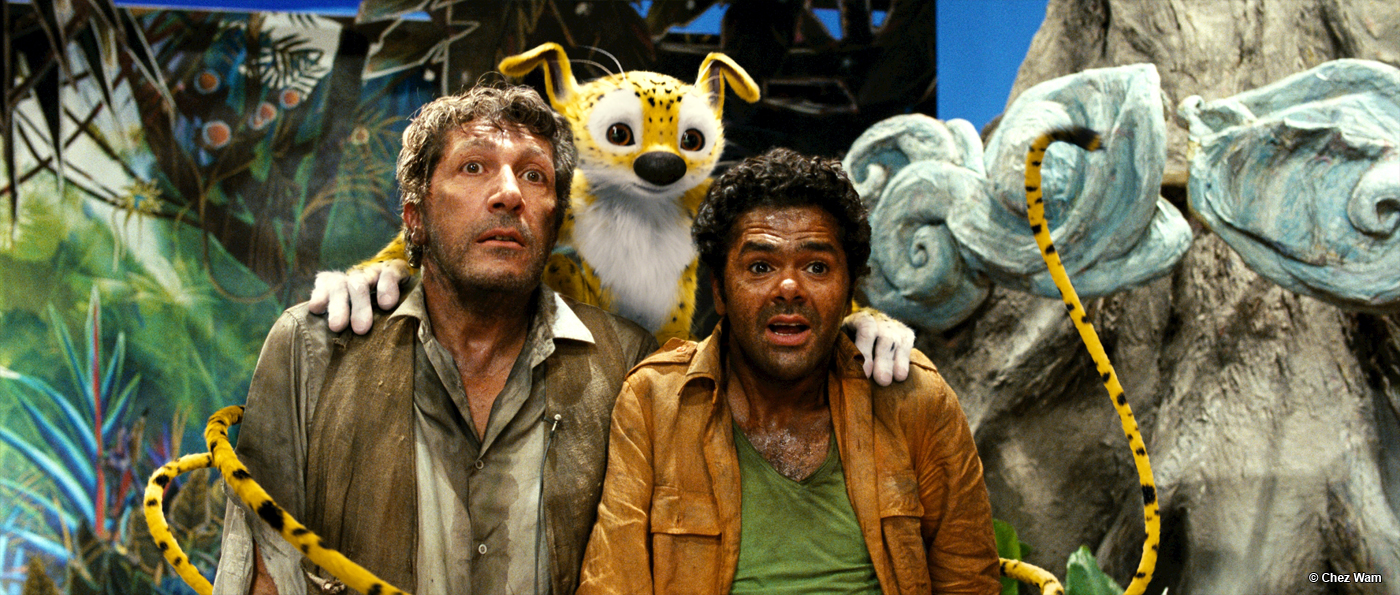

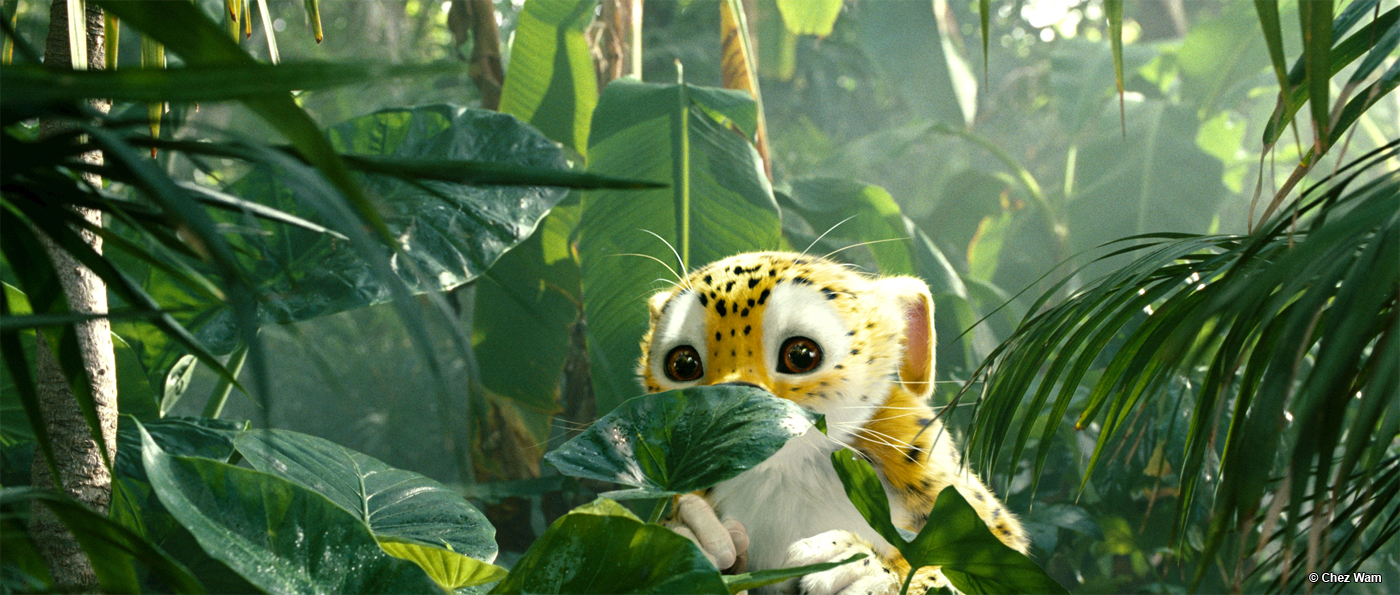
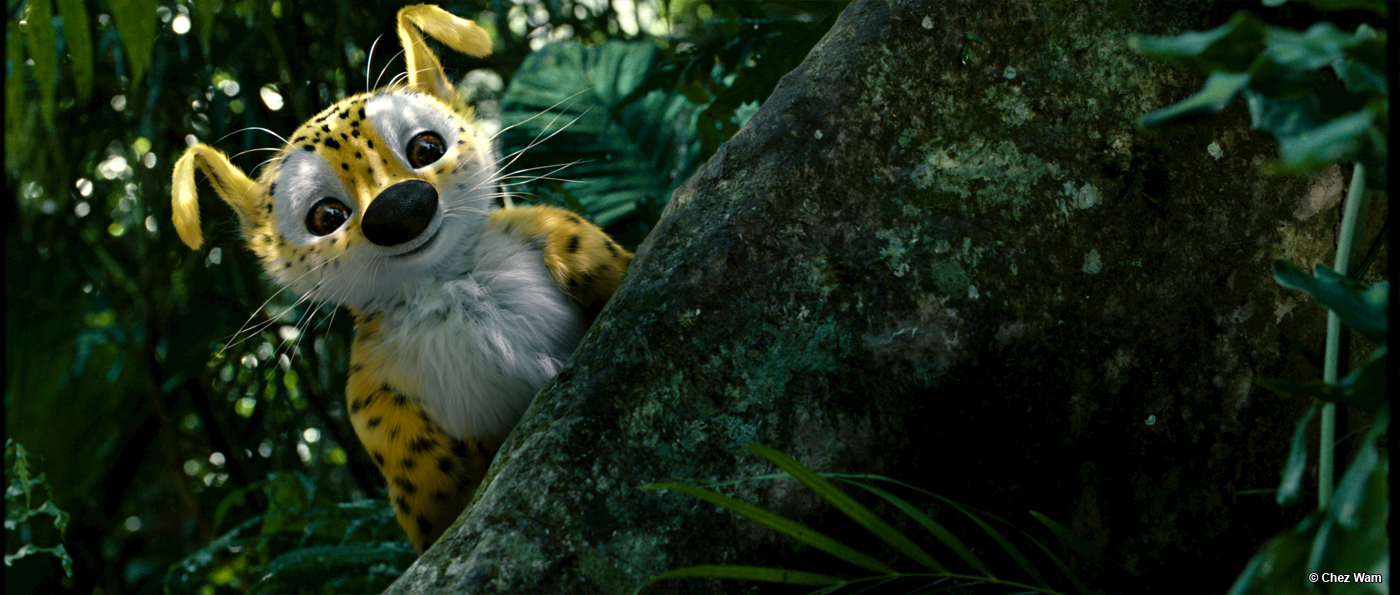
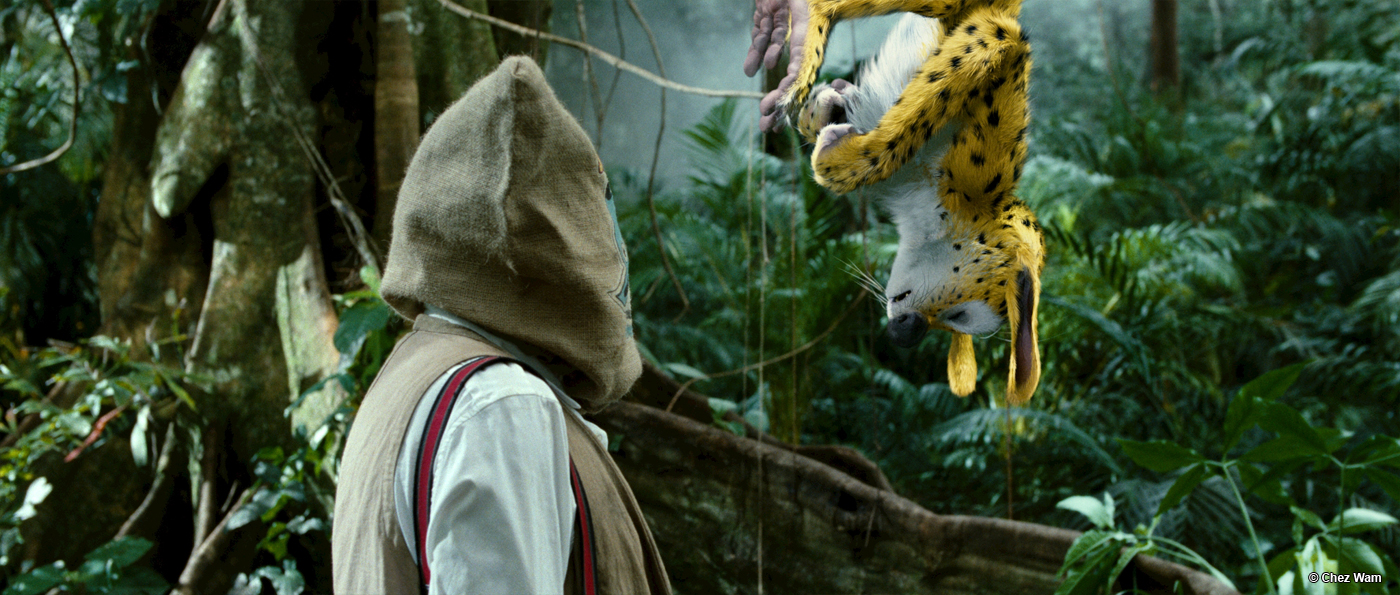
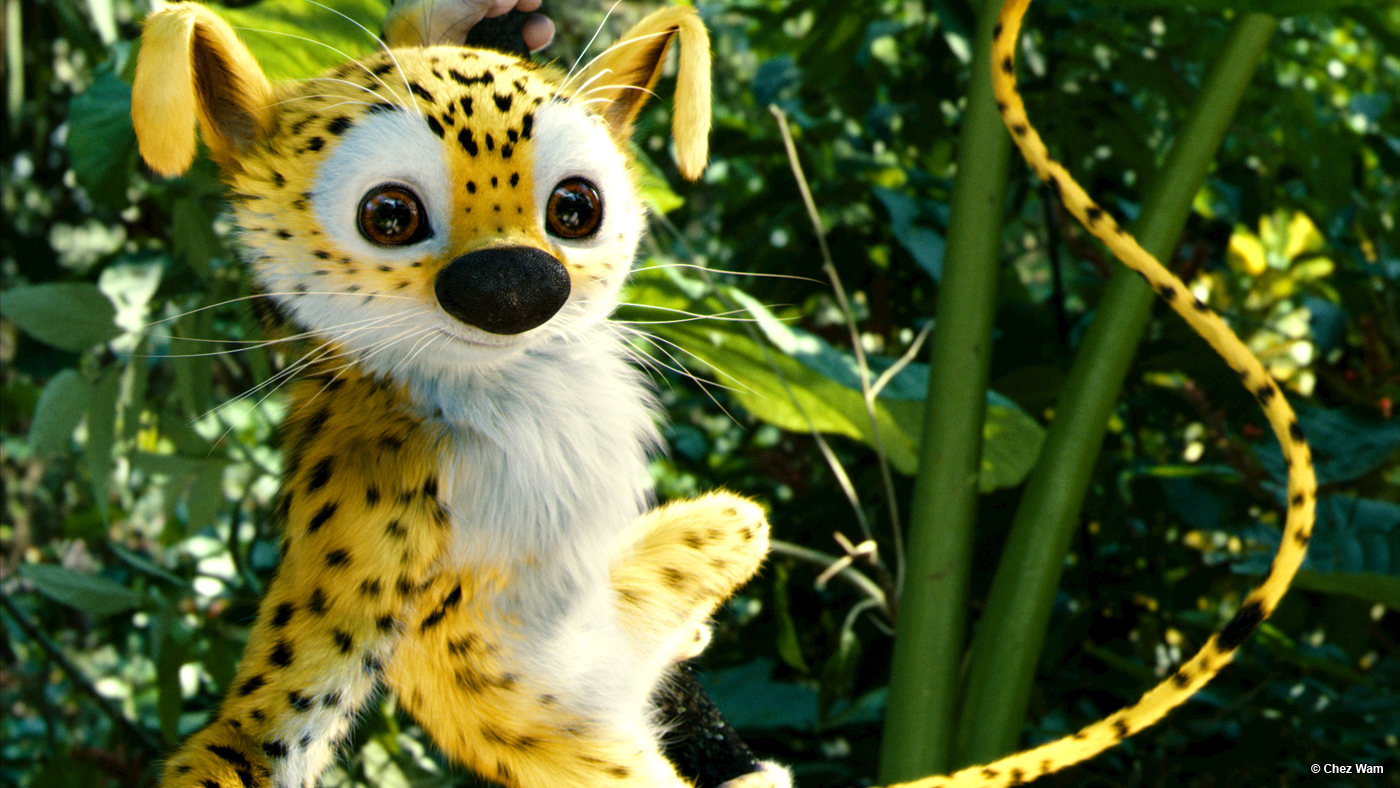





Vraiment réussi. bon travail. en plus le marsupilami est vraiment trop trop mignon. vous avez réaliser mon rêve d’enfance : « réaliser un film sur le marsupilami ».
Marsupilami Love You! 🙂